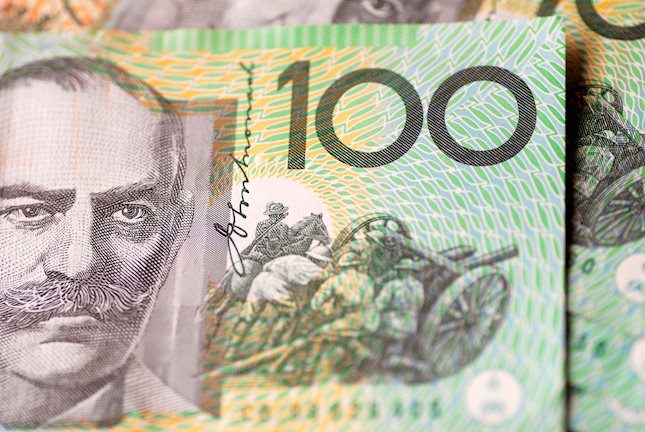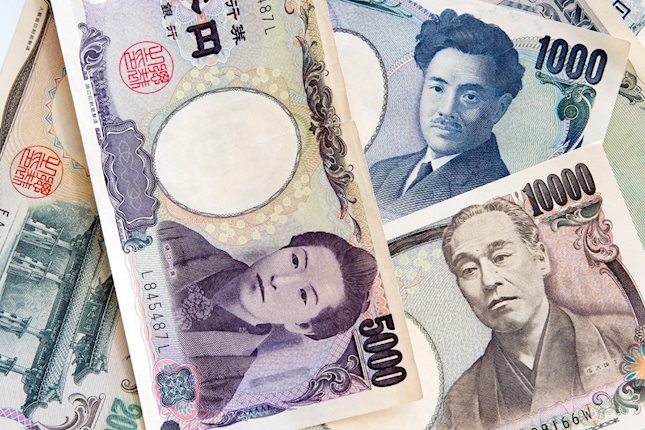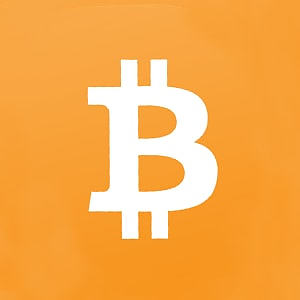Most recent article: Pakistan Gold price today: Gold falls, according to FXStreet data
Gold prices rose in Pakistan on Friday, according to data compiled by FXStreet.
The price for 24-carat Gold stood at 19,457.48 Pakistani Rupees (PKR) per gram, up PKR 69.76 compared with the PKR 19,387.71 it cost on Thursday.
The price for 24-carat Gold increased to PKR 226,948.20 per tola from PKR 226,134.48 per tola.
| Unit measure | Gold Price in PKR |
|---|---|
| 1 Gram | 19,457.48 |
| 10 Grams | 194,574.77 |
| Tola | 226,948.20 |
| Troy Ounce | 605,195.64 |
FXStreet calculates Gold prices in Pakistan by adapting international prices (XAU/USD) to the local currency and measurement units. Prices are updated daily based on the market rates taken at the time of publication. Prices are just for reference and local rates could diverge slightly.
Global Market Movers: Gold price draws some support from June Fed rate cut bets and softer risk tone
- Data released on Thursday showed that the US producer prices increased more than expected in February, which might force the Federal Reserve to keep interest rates elevated and prompt some selling around the Gold price.
- The US Bureau of Labor Statistics reported that the Producer Price Index for final demand rose by a 1.6% YoY rate in February as compared to the previous month's upwardly revised print of 1% and the 1.1% market estimates.
- Separately, the US Department of Labor (DOL) published the usual Initial Jobless Claims data, which showed that the number of individuals filing for unemployment insurance for the first time unexpectedly fell to 209K last week.
- This, to a larger extent, overshadowed softer US Retail Sales figures, which rose by 0.6% in February and pointed to a slowdown in consumer spending during the first quarter amid rising inflation and high borrowing costs.
- Meanwhile, the CME Group's FedWatch Tool indicates that the markets are still pricing in about a 60% chance that the Fed will cut interest rates at the June policy meeting, helping limit losses for the non-yielding yellow metal.
- Investors turn more cautious over the possibility of more hawkish signals from the Fed, which is evident from a generally weaker tone around the equity markets and lends additional support to the safe-haven XAU/USD.
- Russia moved tactical nuclear weapons from its borders into neighbouring Belarus, closer to NATO territory, after President Vladimir Putin threatened a wider military showdown with NATO over the alliance's backing for Ukraine.
- Traders now look to Friday's US economic docket – featuring the release of the Empire State Manufacturing Index, Industrial Production figures and the Preliminary University of Michigan Consumer Sentiment Index.
- The focus, however, will remain glued to the upcoming FOMC monetary policy meetings, starting next Tuesday, which might provide fresh cues about the Fed's rate-cut path and determine the near-term trajectory for the metal.
(An automation tool was used in creating this post.)
Gold FAQs
Why do people invest in Gold?
Gold has played a key role in human’s history as it has been widely used as a store of value and medium of exchange. Currently, apart from its shine and usage for jewelry, the precious metal is widely seen as a safe-haven asset, meaning that it is considered a good investment during turbulent times. Gold is also widely seen as a hedge against inflation and against depreciating currencies as it doesn’t rely on any specific issuer or government.
Who buys the most Gold?
Central banks are the biggest Gold holders. In their aim to support their currencies in turbulent times, central banks tend to diversify their reserves and buy Gold to improve the perceived strength of the economy and the currency. High Gold reserves can be a source of trust for a country’s solvency. Central banks added 1,136 tonnes of Gold worth around $70 billion to their reserves in 2022, according to data from the World Gold Council. This is the highest yearly purchase since records began. Central banks from emerging economies such as China, India and Turkey are quickly increasing their Gold reserves.
How is Gold correlated with other assets?
Gold has an inverse correlation with the US Dollar and US Treasuries, which are both major reserve and safe-haven assets. When the Dollar depreciates, Gold tends to rise, enabling investors and central banks to diversify their assets in turbulent times. Gold is also inversely correlated with risk assets. A rally in the stock market tends to weaken Gold price, while sell-offs in riskier markets tend to favor the precious metal.
What does the price of Gold depend on?
The price can move due to a wide range of factors. Geopolitical instability or fears of a deep recession can quickly make Gold price escalate due to its safe-haven status. As a yield-less asset, Gold tends to rise with lower interest rates, while higher cost of money usually weighs down on the yellow metal. Still, most moves depend on how the US Dollar (USD) behaves as the asset is priced in dollars (XAU/USD). A strong Dollar tends to keep the price of Gold controlled, whereas a weaker Dollar is likely to push Gold prices up.
Information on these pages contains forward-looking statements that involve risks and uncertainties. Markets and instruments profiled on this page are for informational purposes only and should not in any way come across as a recommendation to buy or sell in these assets. You should do your own thorough research before making any investment decisions. FXStreet does not in any way guarantee that this information is free from mistakes, errors, or material misstatements. It also does not guarantee that this information is of a timely nature. Investing in Open Markets involves a great deal of risk, including the loss of all or a portion of your investment, as well as emotional distress. All risks, losses and costs associated with investing, including total loss of principal, are your responsibility. The views and opinions expressed in this article are those of the authors and do not necessarily reflect the official policy or position of FXStreet nor its advertisers. The author will not be held responsible for information that is found at the end of links posted on this page.
If not otherwise explicitly mentioned in the body of the article, at the time of writing, the author has no position in any stock mentioned in this article and no business relationship with any company mentioned. The author has not received compensation for writing this article, other than from FXStreet.
FXStreet and the author do not provide personalized recommendations. The author makes no representations as to the accuracy, completeness, or suitability of this information. FXStreet and the author will not be liable for any errors, omissions or any losses, injuries or damages arising from this information and its display or use. Errors and omissions excepted.
The author and FXStreet are not registered investment advisors and nothing in this article is intended to be investment advice.
Recommended content
Editors’ Picks

AUD/USD side-lines near 0.6200 as traders await US NFP report
AUD/USD consolidates near 0.6200 early Friday, just above its lowest level since October 2022 as traders move to the sidelines ahead of Friday's closely-watched US NFP data releae. Meanwhile, rising bets for an early RBA rate cut, China's economic woes and US-Sino trade war fears act as a headwind for the Aussie.

USD/JPY bulls take a breather above 158.00 ahead of US NFP
USD/JPY takes a breather above 158.00 following the release of household spending data from Japan, slightly off the multi-month top amid wavering BoJ rate hike expectations. However, the widening of the US-Japan yield differential keeps the pair supported amid a bullish US Dollar. US NFP data awaited.

Gold needs a US NFP miss to sustain the upside
Gold price consolidates the weekly gains just below the one-month high of $2,678 set on Thursday as traders eagerly await the US Nonfarm Payrolls data for placing fresh bets.

Lack of Bitcoin allocation could be risky for nations in 2025: Fidelity
Fidelity Digital Assets' Look Ahead report for the crypto market in 2025 highlights key trends expected for the year, including increased Bitcoin adoption by governments worldwide, broader use cases for stablecoins and more app blockchain launches.

How to trade NFP, one of the most volatile events Premium
NFP is the acronym for Nonfarm Payrolls, arguably the most important economic data release in the world. The indicator, which provides a comprehensive snapshot of the health of the US labor market, is typically published on the first Friday of each month.

Best Forex Brokers with Low Spreads
VERIFIED Low spreads are crucial for reducing trading costs. Explore top Forex brokers offering competitive spreads and high leverage. Compare options for EUR/USD, GBP/USD, USD/JPY, and Gold.